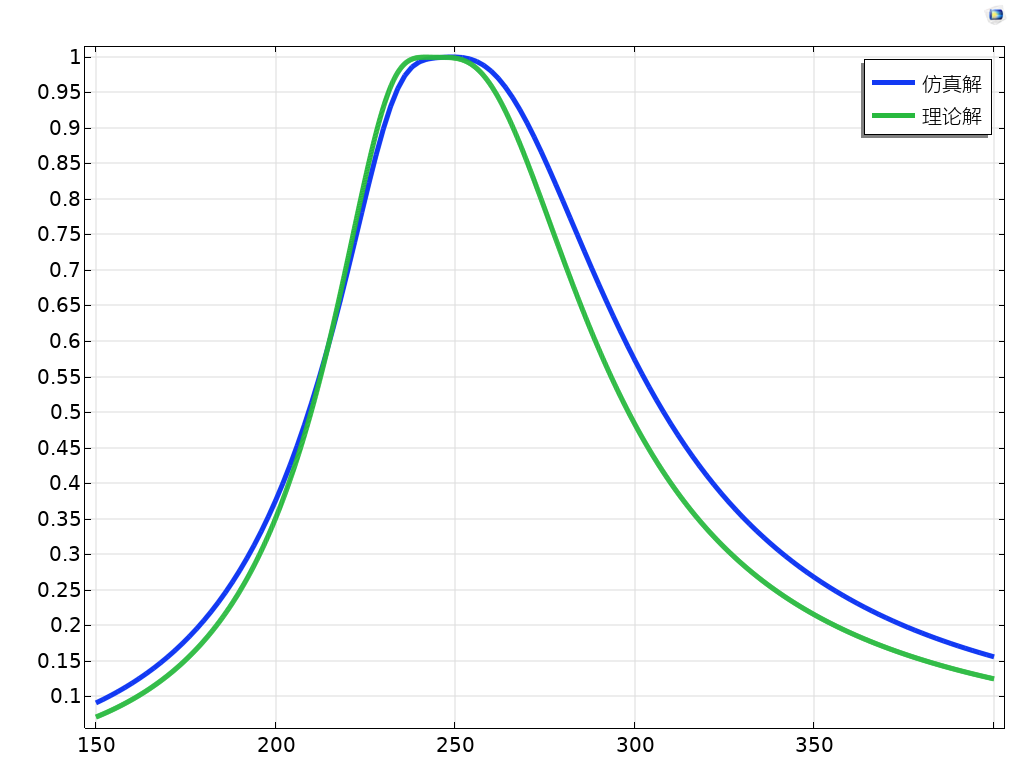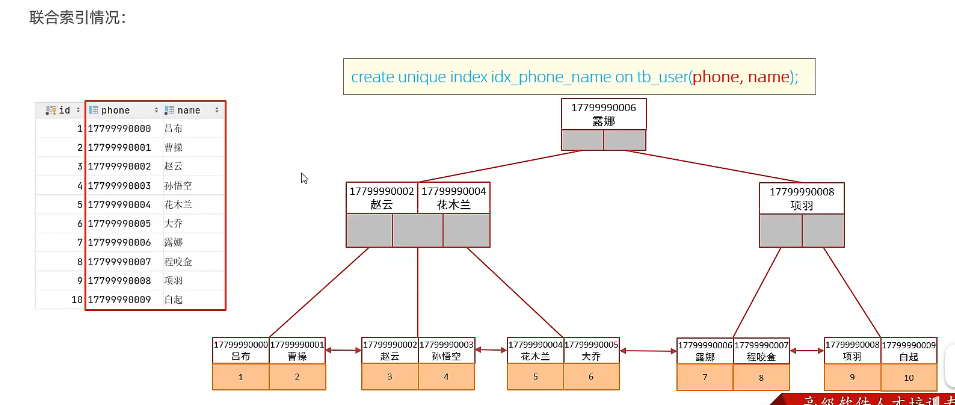搜索二维矩阵 I II,多数元素,分治法 & 二分法 & 摩尔投票法
- 题目1:力扣-搜索二维矩阵[https://leetcode.cn/problems/search-a-2d-matrix/description/](https://leetcode.cn/problems/search-a-2d-matrix/description/)
- 分治-排除法
- 分治排除法-代码实现
- 二分法
- 二分法-代码实现:
- 题目2:力扣-搜索二维矩阵II[https://leetcode.cn/problems/search-a-2d-matrix/description/](https://leetcode.cn/problems/search-a-2d-matrix/description/)
- 分治法-代码实现
- 题目3:力扣-多数元素[https://leetcode.cn/problems/majority-element/description/](https://leetcode.cn/problems/majority-element/description/)
- 摩尔投票法
- 摩尔投票法-代码实现
- 集合法
- 题目4:力扣-多数元素II[https://leetcode.cn/problems/majority-element-ii/description/](https://leetcode.cn/problems/majority-element-ii/description/)
- 摩尔投票法
- 摩尔投票法-超1/3,两候选代码实现
题目1:力扣-搜索二维矩阵https://leetcode.cn/problems/search-a-2d-matrix/description/
给你一个满足下述两条属性的 m x n 整数矩阵:
每行中的整数从左到右按非严格递增顺序排列。
每行的第一个整数大于前一行的最后一个整数。
给你一个整数 target ,如果 target 在矩阵中,返回 true ;否则,返回 false 。
示例 1:

输入:matrix = [[1,3,5,7],[10,11,16,20],[23,30,34,60]], target = 3
输出:true
示例 2:

输入:matrix = [[1,3,5,7],[10,11,16,20],[23,30,34,60]], target = 13
输出:false
提示:
m == matrix.length
n == matrix[i].length
1 <= m, n <= 100
-10^4 <= matrix[i][j], target <= 10^4
分治-排除法

分治排除法-代码实现
class Solution {
public boolean searchMatrix(int[][] matrix, int target) {
int i = 0;
int j = matrix[0].length - 1;
while (i < matrix.length && j >= 0) { //还有剩余元素
if (matrix[i][j] == target) {
//找到目标值
return true;
}
if (matrix[i][j] < target) {
i++; //改行剩余元素全部小于target,排除
} else {
j--; //改列剩余元素全部大于target,排除
}
}
//若都不满足
return false;
}
}
二分法
由于矩阵的每一行是递增的,且每行的第一个数大于前一行的最后一个数,如果把矩阵每一行拼在一起,我们可以得到一个递增数组。
例如示例 1,三行拼在一起得

a=[1,3,5,7,10,11,16,20,23,30,34,60]
由于这是一个有序数组,我们可以用二分查找判断 target 是否在 matrix 中。
代码实现时,并不需要真的拼成一个长为 mn 的数组 a,而是将 a[i] 转换成矩阵中的行号和列号。
例如示例:i = 9 对应的 a[i]=30,由于矩阵有 n=4 列,所以 a[i] 在第i / n=2行,在第 i mod n = 1 列。
一般地,有a[i]=matrix[⌊i / n⌋][i mod n]
二分法-代码实现:
class Solution {
public boolean searchMatrix(int[][] matrix, int target) {
int m = matrix.length;
int n = matrix[0].length;
int left = -1;
int right = m * n;
while (left + 1 < right) { //还有剩余元素,左闭右开
int mid = (left + right) >>> 1; //取中间值
int x = matrix[mid / n][mid % n]; //转化到二维矩阵中
if (x == target) {
return true;
}
if (x < target) {
left = mid;
} else {
right = mid;
}
}
//若都不满足
return false;
}
}
题目2:力扣-搜索二维矩阵IIhttps://leetcode.cn/problems/search-a-2d-matrix/description/
编写一个高效的算法来搜索 m x n 矩阵 matrix 中的一个目标值 target 。该矩阵具有以下特性:
每行的元素从左到右升序排列。
每列的元素从上到下升序排列。
示例 1:

输入:matrix = [[1,4,7,11,15],[2,5,8,12,19],[3,6,9,16,22],[10,13,14,17,24],[18,21,23,26,30]], target = 5
输出:true
示例 2:

输入:matrix = [[1,4,7,11,15],[2,5,8,12,19],[3,6,9,16,22],[10,13,14,17,24],[18,21,23,26,30]], target = 20
输出:false
提示:
m == matrix.length
n == matrix[i].length
1 <= n, m <= 300
-10^9 <= matrix[i][j] <= 10^9
每行的所有元素从左到右升序排列
每列的所有元素从上到下升序排列
-10^9 <= target <= 10^9
解题思路:同题目1中分治法类似,从左上角一行或一列的排除,逐步缩小矩阵的范围,逐步找到目标值target
分治法-代码实现
class Solution {
public boolean searchMatrix(int[][] matrix, int target) {
int i = 0;
int j = matrix[0].length - 1;
while (i < matrix.length && j >= 0) {
if (matrix[i][j] == target) {
return true;
}
if (matrix[i][j] > target) {
j--;
} else {
i++;
}
}
return false;
}
}
题目3:力扣-多数元素https://leetcode.cn/problems/majority-element/description/
给定一个大小为 n 的数组 nums ,返回其中的多数元素。多数元素是指在数组中出现次数 大于 ⌊ n/2 ⌋ 的元素。
你可以假设数组是非空的,并且给定的数组总是存在多数元素。
示例 1:
输入:nums = [3,2,3]
输出:3
示例 2:
输入:nums = [2,2,1,1,1,2,2]
输出:2
提示:
n == nums.length
1 <= n <= 5 * 104
-10^9 <= nums[i] <= 10^9
进阶:尝试设计时间复杂度为 O(n)、空间复杂度为 O(1) 的算法解决此问题。
摩尔投票法
候选人(cand_num)初始化为 nums[0],票数 count 初始化为 1。
当遇到与 cand_num 相同的数,则票数 count = count + 1,否则票数 count = count - 1。
当票数 count 为 0 时,更换候选人,并将票数 count 重置为 1。
遍历完数组后,cand_num 即为最终答案。
为何这行得通呢?
投票法是遇到相同的则 票数 + 1,遇到不同的则 票数 - 1。
且“多数元素”的个数 > ⌊ n/2 ⌋,其余元素的个数总和 <= ⌊ n/2 ⌋。
因此“多数元素”的个数 - 其余元素的个数总和 的结果 肯定 >= 1。
这就相当于每个 “多数元素” 和其他元素 两两相互抵消,抵消到最后肯定还剩余 至少1个 “多数元素”。
无论数组是 1 2 1 2 1,亦或是 1 2 2 1 1,总能得到正确的候选人。
摩尔投票法-代码实现
class Solution {
public int majorityElement(int[] nums) {
int candNum = nums[0];
int count = 1;
for (int it : nums) {
if (candNum == it){
count++;
} else if (--count == 0) {
candNum = it;
count = 1;
}
}
return candNum;
}
}
集合法
- 集合法需另外开辟空间,空间复杂度高,
- 排序后取中间值,时间复杂度高
或者使用Map集合key值表示数组元素,value值表示元素个数,最后遍历Map集合的Entery,寻找 value 值> nums.length / 2 的 key 即可。
class Solution {
public int majorityElement(int[] nums) {
Map<Integer, Integer> map = new HashMap<>();
for (int it : nums) {
map.put(it, map.getOrDefault(it, 0) + 1);
}
int len = nums.length >> 1;
for (Map.Entry<Integer, Integer> entry : map.entrySet()) {
if (entry.getValue() > len) {
return entry.getKey();
}
}
return -1;
}
}
题目4:力扣-多数元素IIhttps://leetcode.cn/problems/majority-element-ii/description/
给定一个大小为 n 的整数数组,找出其中所有出现超过 ⌊ n/3 ⌋ 次的元素。
示例 1:
输入:nums = [3,2,3]
输出:[3]
示例 2:
输入:nums = [1]
输出:[1]
示例 3:
输入:nums = [1,2]
输出:[1,2]
提示:
1 <= nums.length <= 5 * 10^4
-10^9 <= nums[i] <= 10^9
同第3题,可以使用集合法,秒杀
摩尔投票法
通过上面第3题摩尔投票法的原理,我们可以扩展到寻找出现次数超过 n/3 的众数,这样的众数最多有两个(两个数量相加超过了 2/3,剩余的即使全部一样也不可能超过 1/3),我们声明两个候选者及其对应的两个数量即可,同样地遍历数组,遇到新的数拿它与候选者进行抵消,直到最后遍历完成,两个候选者中存储的就是可能的众数,我们一样要再次遍历数组,统计出这两个候选者的出现的总次数才能确定它们是不是众数。
同样地,我们还可以扩展到寻找出现次数超过 n/k 次的众数,这样的众数最多有 k-1 个。
摩尔投票法-超1/3,两候选代码实现
class Solution {
public List<Integer> majorityElement(int[] nums) {
// 摩尔投票法
List<Integer> ans = new ArrayList<>();
// cand是候选者,count是次数
int cand1 = 0, count1 = 0;
int cand2 = 0, count2 = 0;
for (int it : nums) {
if (cand1 == it) {
// 如果是第一个候选者
count1++;
} else if (cand2 == it) {
// 如果是第二个候选者
count2++;
} else if (count1 == 0) {
// 还没有第一个候选者,或者之前的次数已经归0了
cand1 = it;
count1 = 1;
} else if (count2 == 0) {
// 还没有第二个候选者,或者之前的次数已经归0了
cand2 = it;
count2 = 1;
} else {
// 当前数与两个候选者都不同
count1--;
count2--;
}
}
// 再次统计两个候选者的总票数
count1 = count2 = 0;
for (int num : nums) {
if (cand1 == num) {
count1++;
} else if (cand2 == num) {
count2++;
}
}
// 加入结果
if (count1 > nums.length / 3) ans.add(cand1);
if (count2 > nums.length / 3) ans.add(cand2);
return ans;
}
}

















![[Meachines] [Easy] granny IIS 6.0+CVE-2017-7269+进程迁移+MS15-051权限提升](https://img-blog.csdnimg.cn/img_convert/9ffa5971226279ba7f02d16717846cc5.jpeg)
